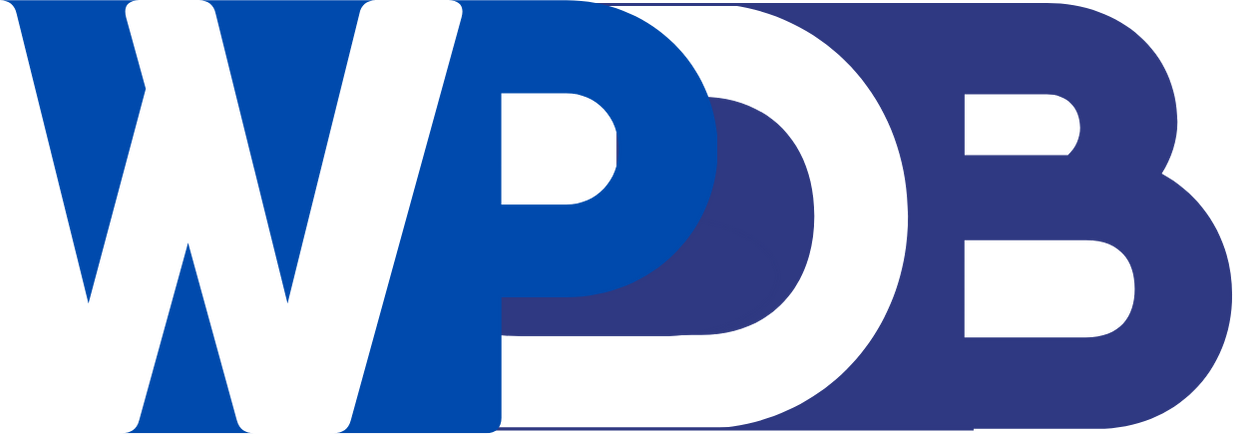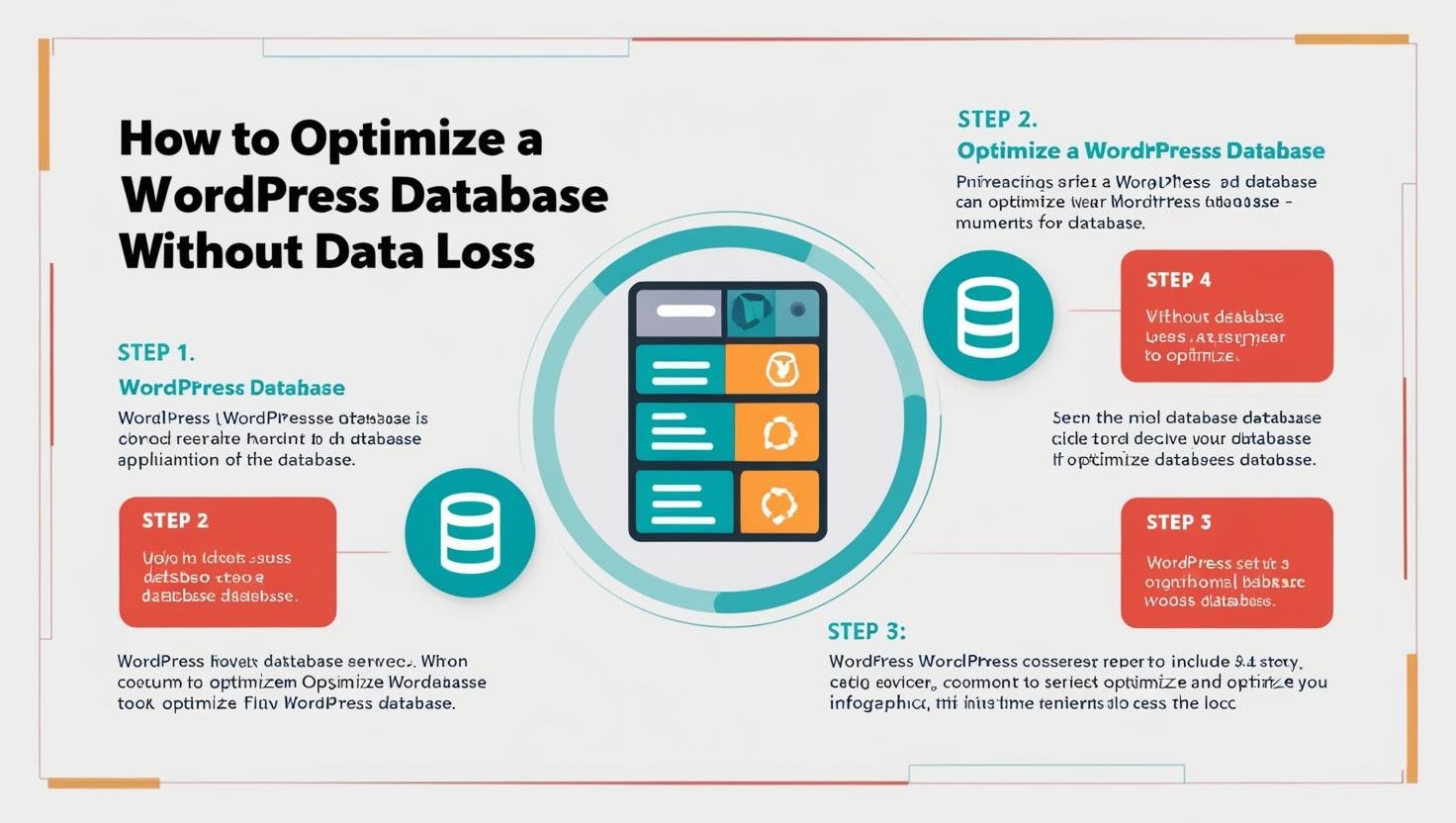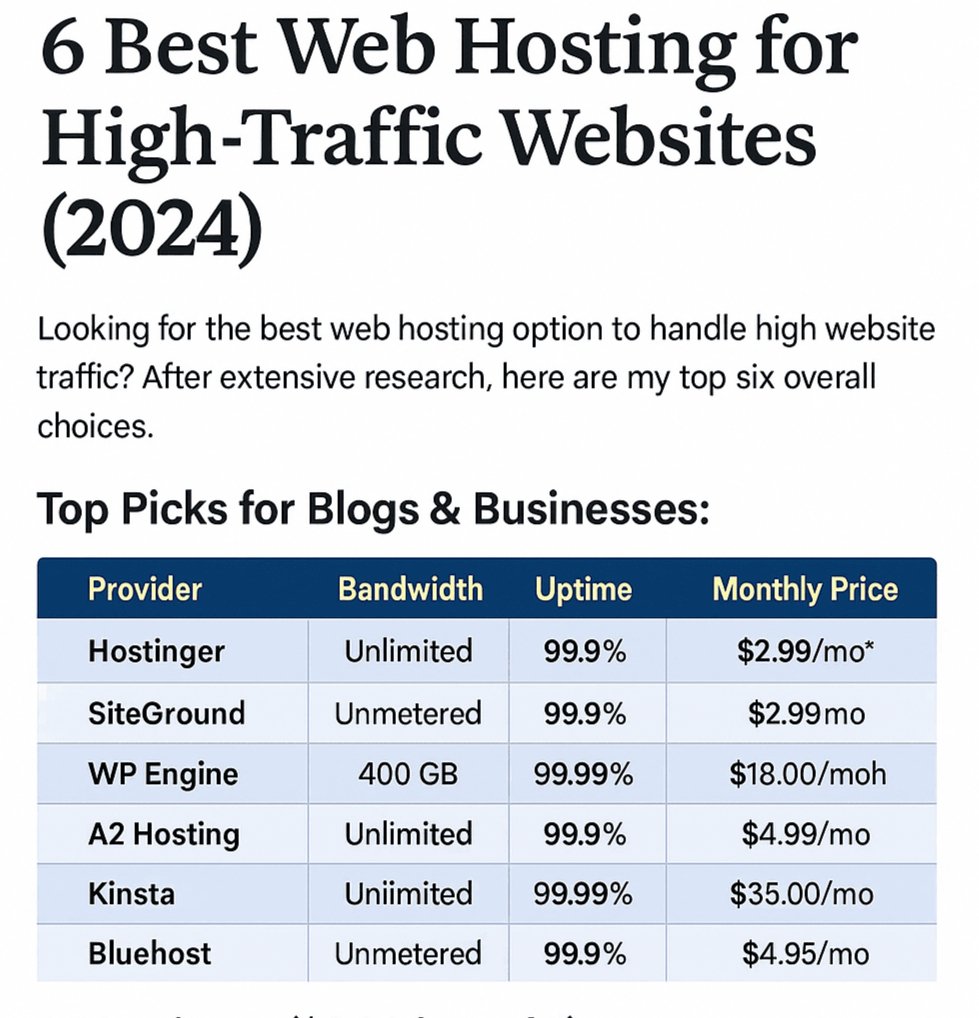1. Using Weak or Default Admin Passwords
- Mistake: Many users keep weak, predictable, or default passwords for the WordPress admin account.
- Solution:
- Use strong, unique passwords with a combination of letters, numbers, and special characters.
- Consider using a password manager.
- Regularly update passwords.
2. Not Updating WordPress, Themes, or Plugins
Mistake: Running outdated WordPress versions, themes, or plugins can expose your site to vulnerabilities.Solution:
- Enable automatic updates for WordPress core files.
- Regularly update themes and plugins.
- Remove unused or outdated themes and plugins.
3. Installing Plugins or Themes from Untrusted Sources
Mistake: Using nulled or pirated themes/plugins increases the risk of malware or backdoors.Solution:
- Only download themes/plugins from official or reputable sources like the WordPress repository, ThemeForest, or direct from developers.
- Use a malware scanner to check files for potential threats.
4. Ignoring Two-Factor Authentication (2FA)
- Mistake: Relying solely on passwords makes your site more susceptible to brute force attacks.
- Solution:
- Enable 2FA for the WordPress login page using plugins like Google Authenticator or WP 2FA.
5. Not Limiting Login Attempts
- Mistake: Allowing unlimited login attempts opens the door to brute-force attacks.
- Solution:
- Use plugins like Limit Login Attempts Reloaded or Wordfence to restrict failed login attempts.
6. Skipping Regular Backups
- Mistake: Not having a backup strategy can result in data loss during a cyberattack.
- Solution:
- Use plugins like UpdraftPlus, BackupBuddy, or Jetpack Backup to automate regular backups.
- Store backups in off-site locations such as cloud storage.
7. Using the Default “admin” Username
Mistake: Many attackers target the default “admin” username for brute-force attempts.Solution:
- Create a new administrator account with a unique username and delete the default “admin.”
8. Not Securing wp-config.php
Mistake: Leaving the wp-config.php file exposed increases the risk of sensitive data leakage.Solution:
- Move the
wp-config.phpfile to a higher directory. - Use proper file permissions to limit access (e.g.,
400or440).
9. Failing to Use HTTPS
- Mistake: Not using HTTPS makes data transfer insecure, exposing it to interception.
- Solution:
- Obtain an SSL certificate (many hosts offer them for free).
- Configure your site to use HTTPS for all pages.
10. Not Monitoring for Malware
- Mistake: Malware can go undetected for long periods, leading to severe damage.
- Solution:
- Use security plugins like Wordfence, Sucuri Security, or iThemes Security to scan and monitor your site.
- Regularly audit your site for vulnerabilities.
11. Using Shared Hosting Without Security Measures
- Mistake: Shared hosting can expose your site to cross-site contamination if another site on the server is compromised.
- Solution:
- Use a reputable hosting provider with strong security policies.
- Opt for managed WordPress hosting or a VPS if your budget allows.
12. Not Changing the WordPress Login URL
- Mistake: Keeping the default
/wp-adminor/wp-login.phpURL makes it easier for attackers to target. - Solution:
- Change the login URL using plugins like WPS Hide Login or custom code.
13. Weak Database Prefix
- Mistake: Keeping the default database prefix (
wp_) makes SQL injection attacks easier. - Solution:
- Change the database prefix to something unique during installation.
- Use plugins like Change Table Prefix if your site is already live.
14. Not Setting Proper File Permissions
Mistake: Incorrect file permissions can give attackers access to sensitive files.Solution:
- Set file permissions to
644for files and755for directories. - Restrict access to critical files like
.htaccess.
15. Disabling Security Plugins
Mistake: Ignoring the importance of a dedicated security solution.Solution:
- Install a trusted security plugin like Wordfence, Sucuri, or iThemes Security to provide active protection.
Regularly review your website’s security setup and stay informed about the latest threats. By being proactive, you can significantly reduce the risk of cyberattacks on your WordPress site.







